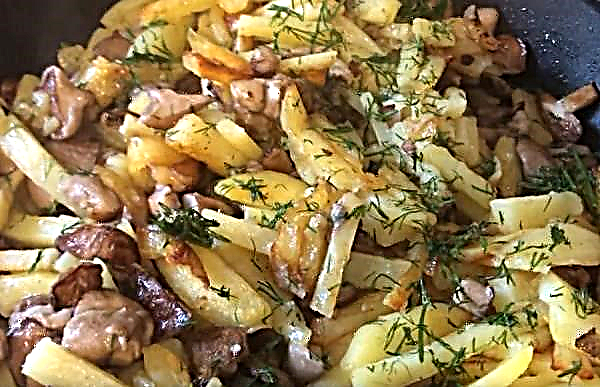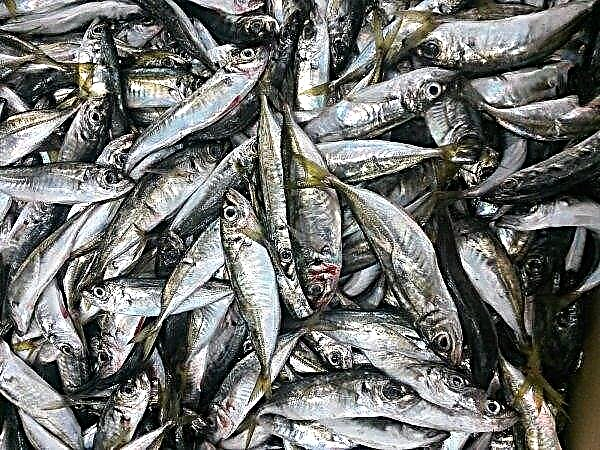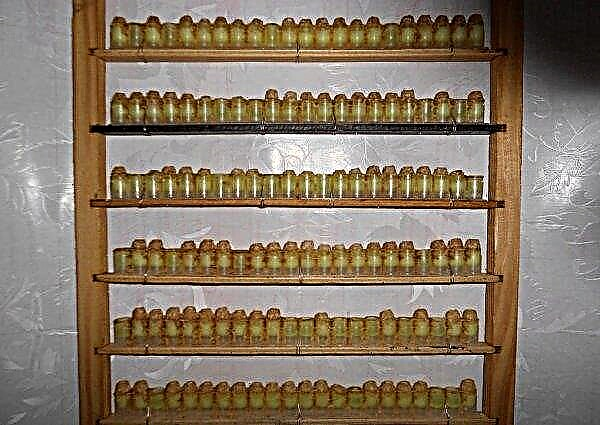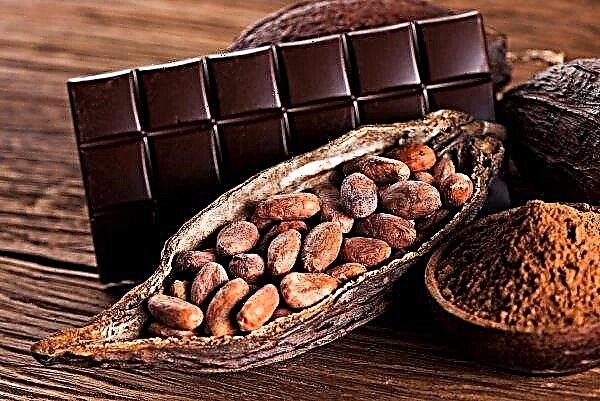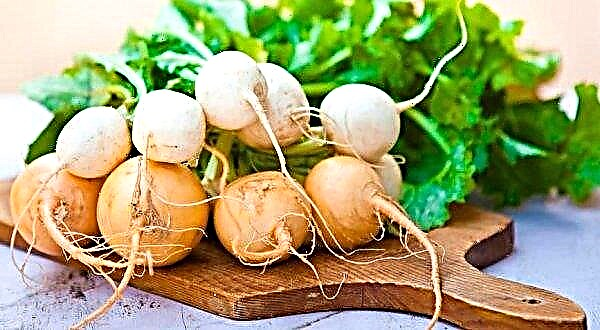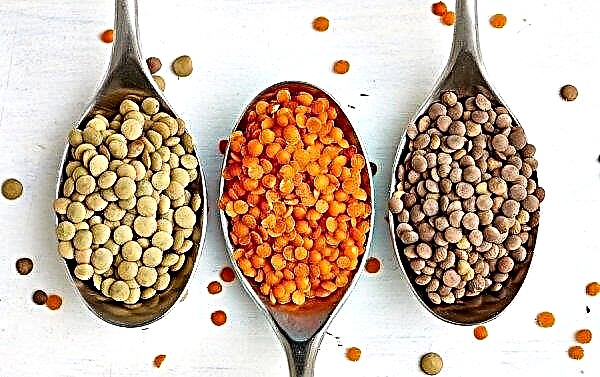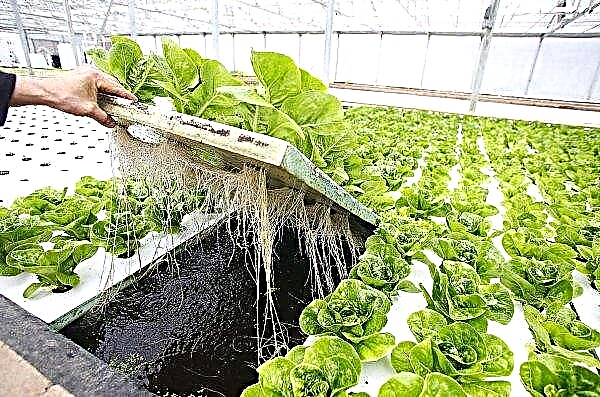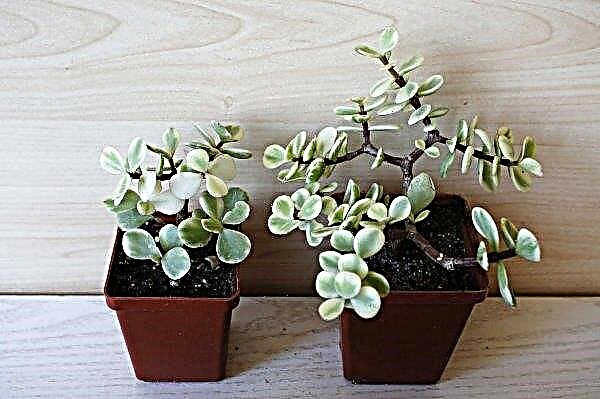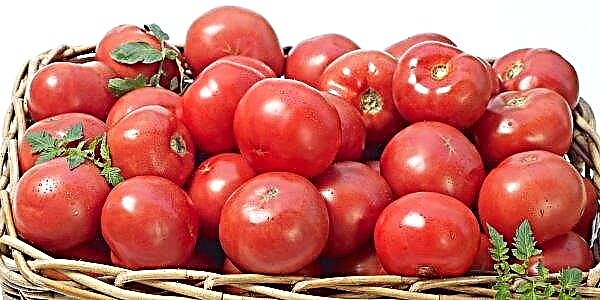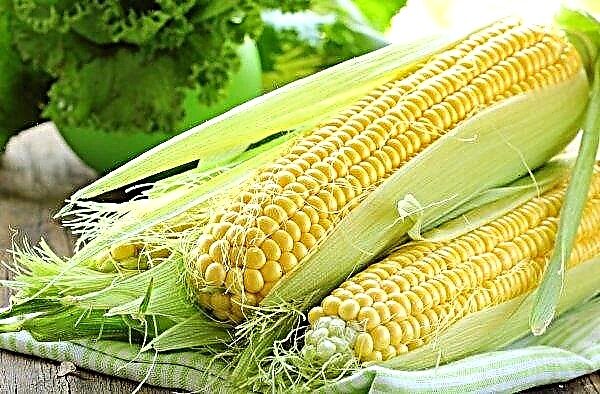Citric acid in the preservation of cucumbers is used as a substitute for vinegar, which is not recommended for some people for health reasons. There are many recipes for such pickles, each of which differs in its own nuances.
Selection and preparation of cucumbers for pickling
Before cooking, you must select the appropriate cucumbers.
The best specimens are selected according to the following criteria:
- Grade. It is recommended to choose proven varieties of cucumbers, for example, Nezhinsky, Zozulya, Aquarius or others.
- Length. Fruits are sorted by size and used based on the volume of containers for preservation. So, small vegetables are suitable for a liter jar, while long weighty specimens as a whole will fit only in larger containers.
- The form. It is recommended to give preference to straight and even cucumbers, since they can be laid in a jar more compactly than curved fruits.
- Peel. The skin is green in color, light side is allowed. Avoid fruits with yellowness, cracks, plaque, rot and other injuries. It is better to choose cucumbers with mounds, as this indicates the strength of the peel. The base of the hillocks should be dark.
 The selected products are prepared for salting as follows:
The selected products are prepared for salting as follows:- Rinse the fruits.
- Put in a container of water.
- After 5-8 hours, remove vegetables from the water.
- Dry with a towel or in a natural way.
- Cut off the ends on both sides.
Important! With prolonged soaking of cucumbers in water (more than 8 hours), rot may begin.
How to pickle cucumbers for the winter in jars of citric acid
Unlike the usual recipes with vinegar, the method of preparation with citric acid often raises questions, for example, how much to put an oxidizing agent and whether other preservatives can be added. The exact amount of ingredients depends on the specific method.
Before cooking, sterilize containers and lids. Also, in all recipes, it is necessary to repeat the procedure after cooking, immersing the filled containers in a pot of water and boiling over low heat for 10-15 minutes. An exception is the method of preparation without sterilization.
The last step is the setting. Banks are closed with lids for preservation, turned upside down, covered with a warm blanket and left to cool. Turn over and move the container after complete cooling.
Pickles
 Classic pickled cucumbers is a delicious dish that can be prepared using citric acid.
Classic pickled cucumbers is a delicious dish that can be prepared using citric acid.
lemon acid
1 tsp with a slide
black pepper peas
5-6 pcs.
- In a container for preservation put bay leaf, dill and black pepper.
- Sweet pepper to get rid of the stalk, clean from the insides, cut into halves.
- Put half the sweet pepper in a jar.
- Place more weighty and wide cucumbers vertically below.
- Place small fruits horizontally on top.
- Put a branch of dill and the second half of sweet pepper on the cucumbers.
- Bring the water in a separate container to a boil and fill the contents of the can.
- Cover the container with vegetables with a towel.
- After 20 minutes, drain the water into the pan.
- Chop the garlic into slices and put on vegetables.
- Top up with citric acid.
- Add salt to the drained water and bring to a temperature of + 100 ° С.
- Pour the brine into the container for preservation.
Video recipe
Sweet cucumbers
 Salted cucumbers can have a pleasant sweet taste. To do this, they need to be prepared according to the following recipe. A variety of spices will add spice to the dish, and garlic - piquancy. In addition, preservation is prepared with horseradish, which also favorably affects the taste of the finished product.
Salted cucumbers can have a pleasant sweet taste. To do this, they need to be prepared according to the following recipe. A variety of spices will add spice to the dish, and garlic - piquancy. In addition, preservation is prepared with horseradish, which also favorably affects the taste of the finished product.
black peppercorns
taste
allspice
taste
mustard seeds
taste
hot peppers
2 parts, 1 cm long
lemon acid
1 part tsp
- Place bay leaf, black and allspice peas, cloves, mustard seeds, garlic, hot pepper, dill and horseradish leaves in a container for preservation.
- Fill the container with cucumbers.
- Separately, bring the water to a boil and pour into a jar.
- Cover the container for preservation with a lid and leave to insist for 15–20 minutes.
- After the designated time, drain the liquid into the pan.
- Introduce salt and sugar into the drained water, heat on a stove to a boil and boil for 1-2 minutes.
- Pour marinade over vegetables and add citric acid.
No sterilization
 This recipe is noteworthy in that sterilization after canning is not required. For cooking, you need a minimum amount of ingredients, so cooking is not difficult even for a novice cook.
This recipe is noteworthy in that sterilization after canning is not required. For cooking, you need a minimum amount of ingredients, so cooking is not difficult even for a novice cook.
lemon acid
0.5 tsp
- Put bay leaf, dill and garlic on the bottom of the container for preservation.
- Fill the jar to the top with cucumbers.
- Heat the water to + 100 ° C, add vegetables and leave for 15 minutes.
- After the specified time, drain the liquid from the container for preservation into the pan and put on the stove.
- Add salt and sugar to the water, bring to a boil and keep on fire for 2-3 minutes.
- Pour citric acid into a container with vegetables.
- Pour the brine.
Did you know? The first attempts to pickle cucumbers were carried out in India and Mesopotamia about 5 thousand years ago.
Pickling cucumbers
 The next type of salting is characterized by the piquancy of the product. A slice of hot pepper will add spice to vegetables, and spices, along with vegetable and fruit leaves, will add a spicy aroma to the dish. A step-by-step recipe is simple, but the result will surprise even the most picky gourmet.
The next type of salting is characterized by the piquancy of the product. A slice of hot pepper will add spice to vegetables, and spices, along with vegetable and fruit leaves, will add a spicy aroma to the dish. A step-by-step recipe is simple, but the result will surprise even the most picky gourmet.
red hot pepper with seeds
3 cut pieces 1 cm long
currant leaves
taste
lemon acid
1.5 tbsp. l
- Dip tarragon and horseradish, horseradish, basil and cherry leaves with boiling water and place on the bottom of the container for preservation.
- Add pepper and chives to the bowl.
- Pour boiling water over cucumbers 3 times and fill them with a container for canning.
- Pour sugar, salt and citric acid onto vegetables.
- Bring clean water to a boil and pour into a jar.
In Bulgarian
 A simple and very delicious recipe - cucumbers in Bulgarian. Of the other vegetables, you need carrots, and only sugar, salt and dill are used as spices. Salting is convenient to prepare in 1-liter jars, so the proportions of the components are designed for the capacity of such a volume.
A simple and very delicious recipe - cucumbers in Bulgarian. Of the other vegetables, you need carrots, and only sugar, salt and dill are used as spices. Salting is convenient to prepare in 1-liter jars, so the proportions of the components are designed for the capacity of such a volume.
lemon acid
0.5 tsp
carrot
several circles weighing 15 g
- Place vegetables and dill in a container for pickling.
- Bring half of the indicated amount of water to a boiling state and pour into a jar.
- After 20 minutes, drain the water.
- Put the remaining water on the stove and add citric acid, sugar and salt.
- Boil the marinade until the bulk ingredients are completely dissolved, pour over the vegetables.
With mustard
 Cucumbers will be crispy and tasty if you add mustard seeds to the jar. Of the other spices, only dill is needed - these components are enough to make the vegetables fragrant.
Cucumbers will be crispy and tasty if you add mustard seeds to the jar. Of the other spices, only dill is needed - these components are enough to make the vegetables fragrant.
lemon acid
0.5 tsp
- In a container for preservation put vegetables and dill.
- Heat the water to + 100 ° C and pour into a jar.
- After 15 minutes, drain the liquid into a separate container.
- Add salt and sugar to the water and place on the stove.
- Bring the marinade to dissolve the loose components and boil for 3-5 minutes.
- Put citric acid and mustard on the vegetables.
- Pour the contents of the container for preservation with brine.
With aspirin
 To ensure quality and long-term, experienced owners and housewives are advised to use aspirin. The tool, which is usually used for medical purposes, together with citric acid prevents the growth of pathogenic microorganisms.
To ensure quality and long-term, experienced owners and housewives are advised to use aspirin. The tool, which is usually used for medical purposes, together with citric acid prevents the growth of pathogenic microorganisms.
When preserving vegetables with aspirin, you can be sure that the contents of the cans will be in good condition before the expiration date. It is important to cook salting in a hot way, namely pouring boiling marinade.
lemon acid
0.3 tsp
- Place cucumbers, dill, salt, citric acid and aspirin in a container for preservation.
- Bring water to a temperature of + 100 ° C.
- Pour boiling water over the contents of the container.
Did you know? Citric acid was discovered in 1784. Swedish pharmacist Karl Scheele isolated the substance from the juice of unripe lemons.
With vodka
 The secret of this cooking method is that the alcohol component stops fermentation, and this directly affects the long-term storage. The obvious taste of alcohol is not observed.
The secret of this cooking method is that the alcohol component stops fermentation, and this directly affects the long-term storage. The obvious taste of alcohol is not observed.
lemon acid
0.3 tsp
- Place vegetables and parsley in a glass bowl.
- Bring the water to a boiling state and fill the contents of the can.
- After 15 minutes, drain the liquid into the pan.
- Add sugar and salt to the water.
- Wait for the brine to boil and hold on the fire for another 2-3 minutes.
- Pour citric acid into vegetables and add vodka.
- Pour the contents of the container for preservation with the marinade.
Basic storage rules
Due to the presence of acid, home preservation is stored for 1-2 years. It is optimal to consume the product during the year until the next crop ripens. The taste of canned vegetables that are stored for more than 1 year, sometimes changes for the worse and becomes more acidic or, conversely, fresh.
Important! Products from swollen cans are strictly prohibited.
The clouded marinade and sprawling fruits speak of corruption. It is theoretically possible to store jars at a temperature of +18 ... + 20 ° C, but it is better to place them in a cool and dark place, for example, a cellar or a cellar.
Useful Tips
Experienced owners and hostesses offer several useful recommendations for conservation:
- The volume of banks is better to choose based on the number of people in the family and the frequency of use of preservation, since the shelf life of an open can is much shorter than a closed one.
- It is not recommended to exceed the suggested doses of citric acid, as the vegetables will become too acidic.
- You should wait at least 1 month before the first use - only after this period the vegetables will have the expected spicy taste.
- Water for the marinade must be clean and preferably filtered. Do not use tap water of dubious quality.
- In addition to the choice of cucumbers, it is necessary to carefully select the remaining ingredients. The remaining vegetables in the recipes need to be washed and cleaned. Also, do not use very old spices. Salt, sugar and citric acid must be clean and free from impurities.
- The leaves of fruit trees and bushes are used not only to improve palatability, but also for longer storage. A little secret: if you put them not only at the bottom, but also between vegetables, the taste will become more saturated.
- It is advisable to cook products (clean and soak in water) immediately before preservation.
- All utensils (pots, colanders, jars, etc.) must be inspected for damage. An unnoticed crack on the glass or damage to the enamel in the process can lead to unpleasant consequences.
 Canned cucumbers with citric acid are an excellent solution for those who cannot consume vinegar-containing foods. Recipes with this ingredient are simple, and the result exceeds all expectations.
Canned cucumbers with citric acid are an excellent solution for those who cannot consume vinegar-containing foods. Recipes with this ingredient are simple, and the result exceeds all expectations.

